Understanding Basketball Training Programs
Definition and Purpose of Training Programs
Basketball training programs are structured frameworks designed to enhance a player’s skills, physical fitness, and tactical knowledge of the game. These programs target various aspects of the sport, including dribbling, shooting, passing, defensive techniques, and overall physical conditioning. The purpose of these training regimens is not just to improve athletic performance, but also to instill discipline, teamwork, and strategic thinking essential for success both on and off the court.
The Importance of Structured Training
A structured training regimen is crucial for progress in basketball. Without a clear plan, players may find themselves practicing ineffectively or neglecting important skills. Structured training allows athletes to focus on specific areas of improvement, leading to measurable gains in performance. For instance, instead of randomly shooting baskets, structured training might emphasize shooting from different distances and angles, isolating footwork, and conditioning. This approach makes players not only more skilled but also more confident during games.
Key Elements of Effective Programs
An effective basketball training program consists of several core elements:
- Skill Development: Focuses on individual techniques such as dribbling, shooting, and passing.
- Conditioning: Incorporates strength and endurance training to enhance physical capabilities.
- Team Dynamics: Includes drills that foster teamwork and communication among players.
- Game Strategy Training: Teaches players how to read the game, make decisions, and apply techniques in a real-game setting.
Types of Basketball Training Programs
Individual Skills Development
Individual skill development programs are tailored to enhance a player’s personal strengths and weaknesses. These programs often include one-on-one training sessions with a coach who provides personalized feedback. Drills might focus on shooting accuracy, ball handling, and footwork efficiency, allowing players to truly understand and improve their skills. Coaches often use video analysis to highlight areas for improvement, delivering visual feedback that can dramatically accelerate learning curves.
Team-Based Training Approaches
In contrast, team-based training programs focus on collaborative practice, where players learn to interact effectively on the court. These sessions typically include offensive and defensive plays, encouraging players to practice systems that align with their team’s strategy. Team dynamics training increases court awareness and helps players develop a sense of unity, which is crucial during high-pressure situations in games.
Conditioning and Strength Training
A comprehensive basketball training program also encompasses physical conditioning and strength training. This aspect focuses on enhancing players’ overall fitness, including agility, speed, endurance, and strength. Conditioning drills, such as sprinting and agility ladders, can improve a player’s ability to perform under fatigue. Strength training, whether through bodyweight exercises or resistance training, builds the muscle necessary to withstand the physical demands of basketball. Programs often recommend specific regimens tailored to the athlete’s current level and goals.
Designing Your Own Basketball Training Program
Assessing Your Current Skill Level
Before embarking on a training program, assessing your current skill level is essential. This evaluation can be conducted through self-assessment, peer feedback, or coach evaluations. Understanding where you stand allows you to set realistic goals and track your progress effectively. For example, if you struggle with shooting, you might focus on shooting drills more intensely in your program.
Setting Realistic Goals
Goal setting is a critical component of any training program. Goals should be SMART: Specific, Measurable, Attainable, Relevant, and Time-bound. A realistic goal for a player might be to improve their three-point shooting percentage from 30% to 40% over the course of a season. Achieving small, incremental goals can provide motivation and a sense of progress, making the training experience more rewarding.
Choosing the Right Drills and Exercises
Once you have assessed your skills and set your goals, it’s time to choose the right drills and exercises for your training program. Incorporating a variety of drills, such as shooting from different spots, dribbling under pressure, or defensive footwork drills, can enhance skill acquisition and retention. Resources like basketball training programs can provide a wealth of information on effective drills that can suit different skill levels.
Evaluating Basketball Training Programs
Measuring Progress and Success
To evaluate the effectiveness of a basketball training program, it’s essential to measure progress consistently. This can be accomplished through performance metrics such as shooting percentages, quicker lap times, and improved physical tests. Keeping a training journal to document practices, achievements, and challenges can provide insight into your development over time and help readjust goals as needed.
Common Pitfalls and Mistakes to Avoid
Even the best-laid training programs can fall victim to common pitfalls. Some athletes might focus too much on strength training while neglecting skill development, or they might overtrain and risk injury. To avoid these pitfalls, ensure your training regimen is balanced and that rest days are included for recovery. Listening to your body and adjusting your program accordingly can help maintain long-term performance and health.
Using Feedback for Continuous Improvement
Feedback is vital in any training program. Whether through direct coaching or peer reviews, constructive criticism helps identify areas for improvement. Regularly soliciting feedback from coaches and teammates can aid in fine-tuning skills and understanding how to apply them during gameplay. Incorporating drills based on feedback ensures that improvement is continuous and aligned with collective training goals.
Resources for Basketball Training Programs
Online Platforms and Tools
Numerous online platforms offer resources for basketball training programs that cater to various skills and objectives. Websites like Breakthrough Basketball and Pro Skills Basketball provide an array of drills, videos, and articles to help players develop their skills at their own pace. Additionally, apps that allow players to track their performance metrics can be useful for maintaining accountability and measuring progress.
Coaching Clinics and Camps
Participating in coaching clinics and basketball camps can provide athletes with unique opportunities for growth and exposure to new training methodologies. These camps often include sessions run by former professional athletes or experienced coaches, ensuring that participants learn from the best. Such experiences can enrich a player’s knowledge and understanding of the game, often leading to improved performance on the court.
Books and Publications for Further Reading
In addition to practical training, several books and publications can provide valuable insights into basketball training. Books focusing on basketball techniques, coaching strategies, and sports psychology can deepen a player’s understanding of the game. Some recommended titles include “The Basketball Player’s Bible” by Dick DeVenzio, which blends skill development with strategic insights, and “Managing Basketball’s Fast Break” by Michael J. Koss. Reading these publications can enhance both individual and team performance.
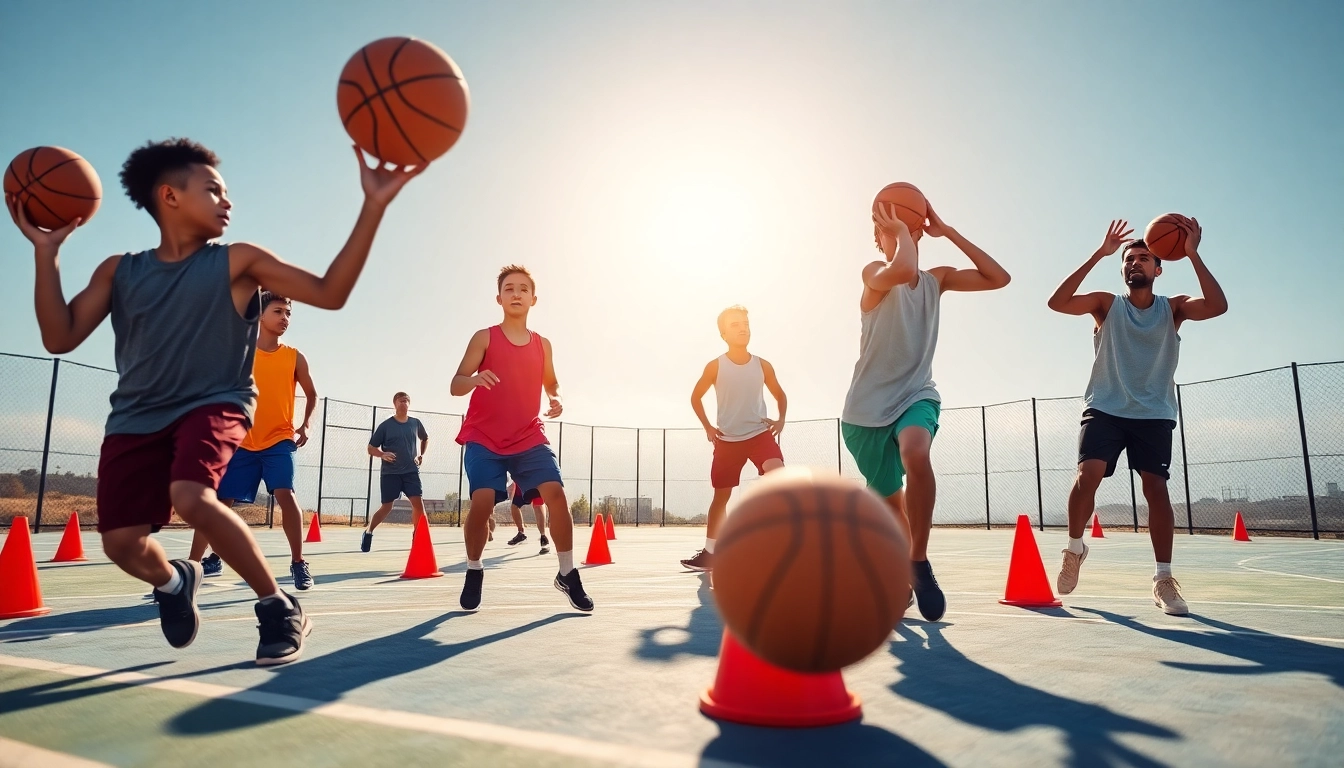



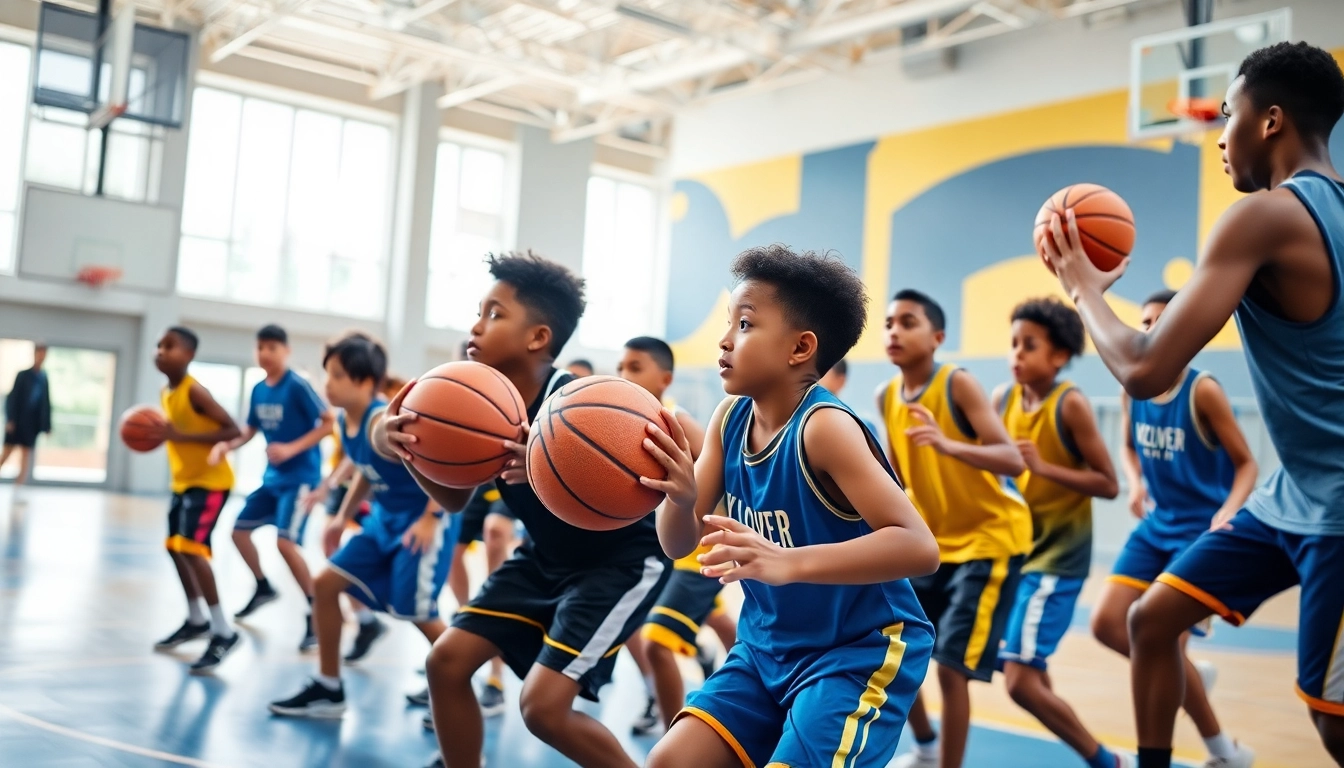

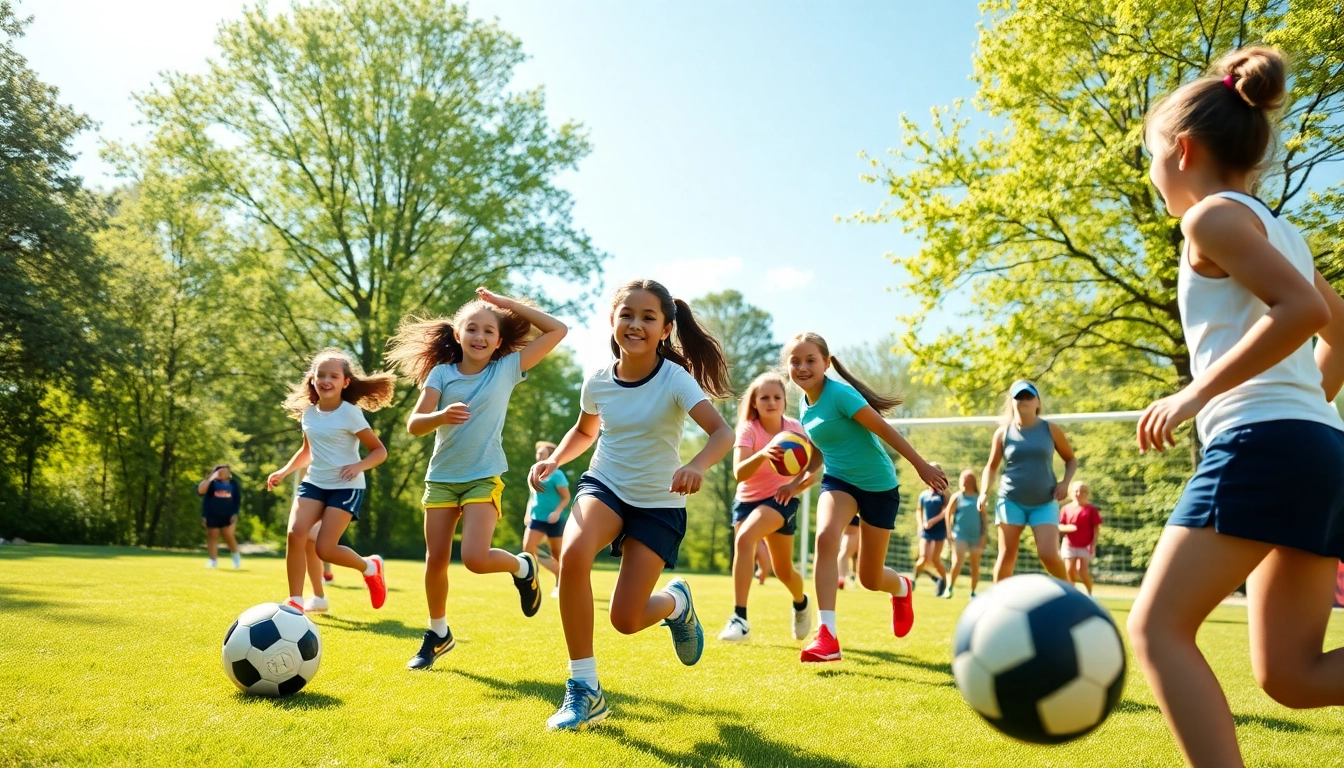

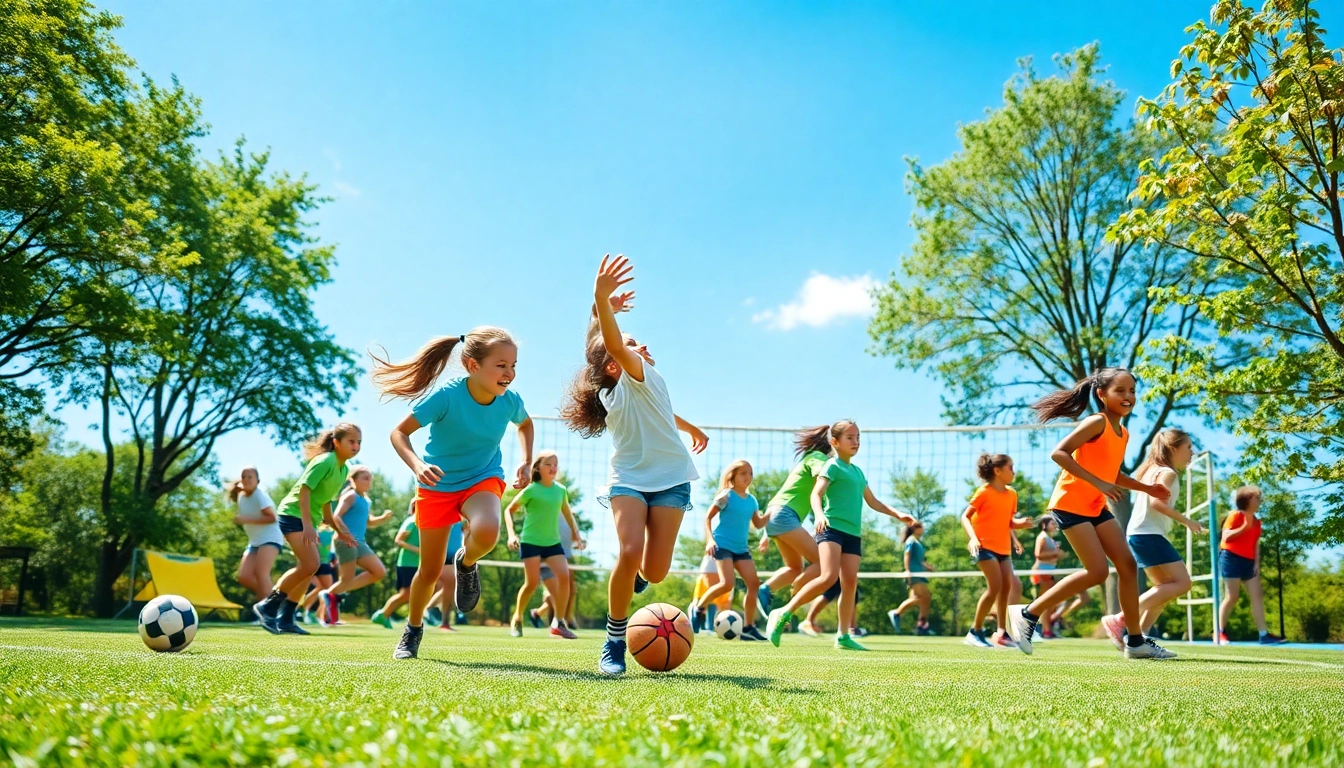
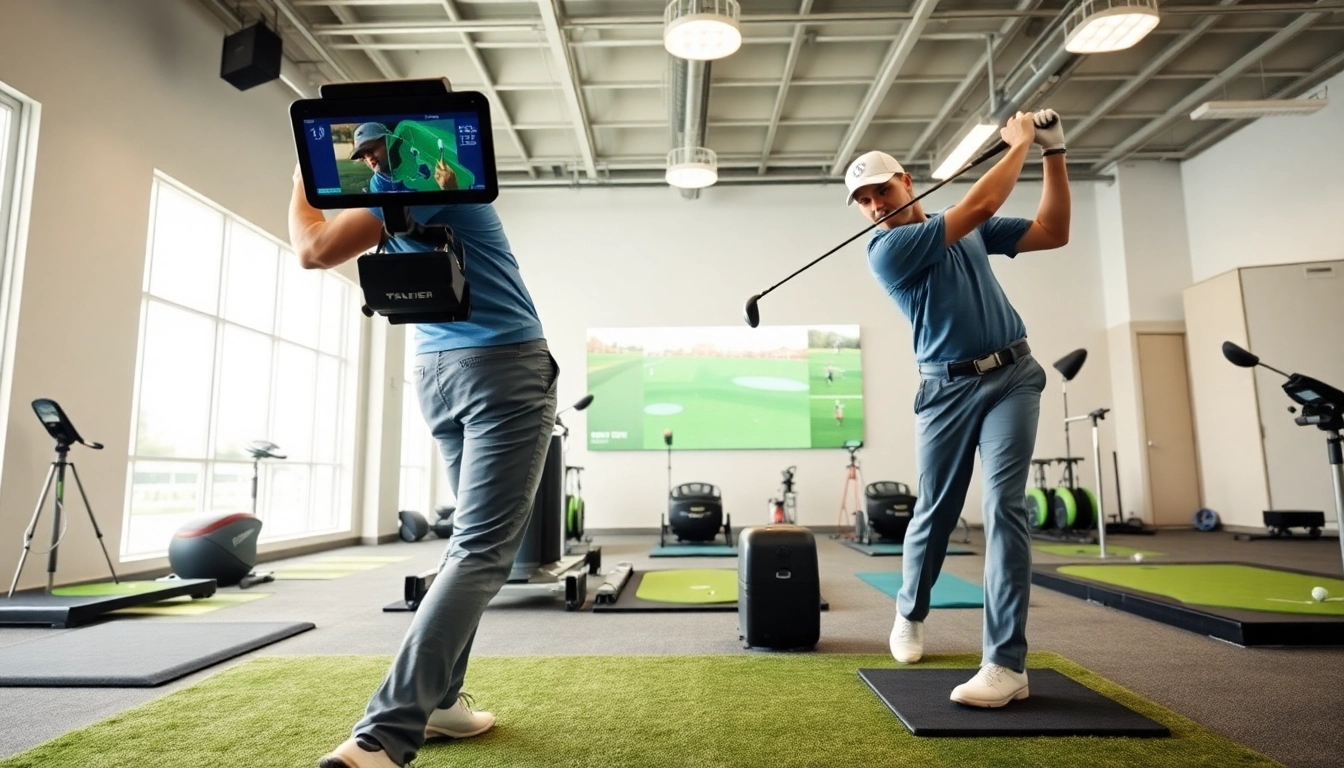





Leave a Reply